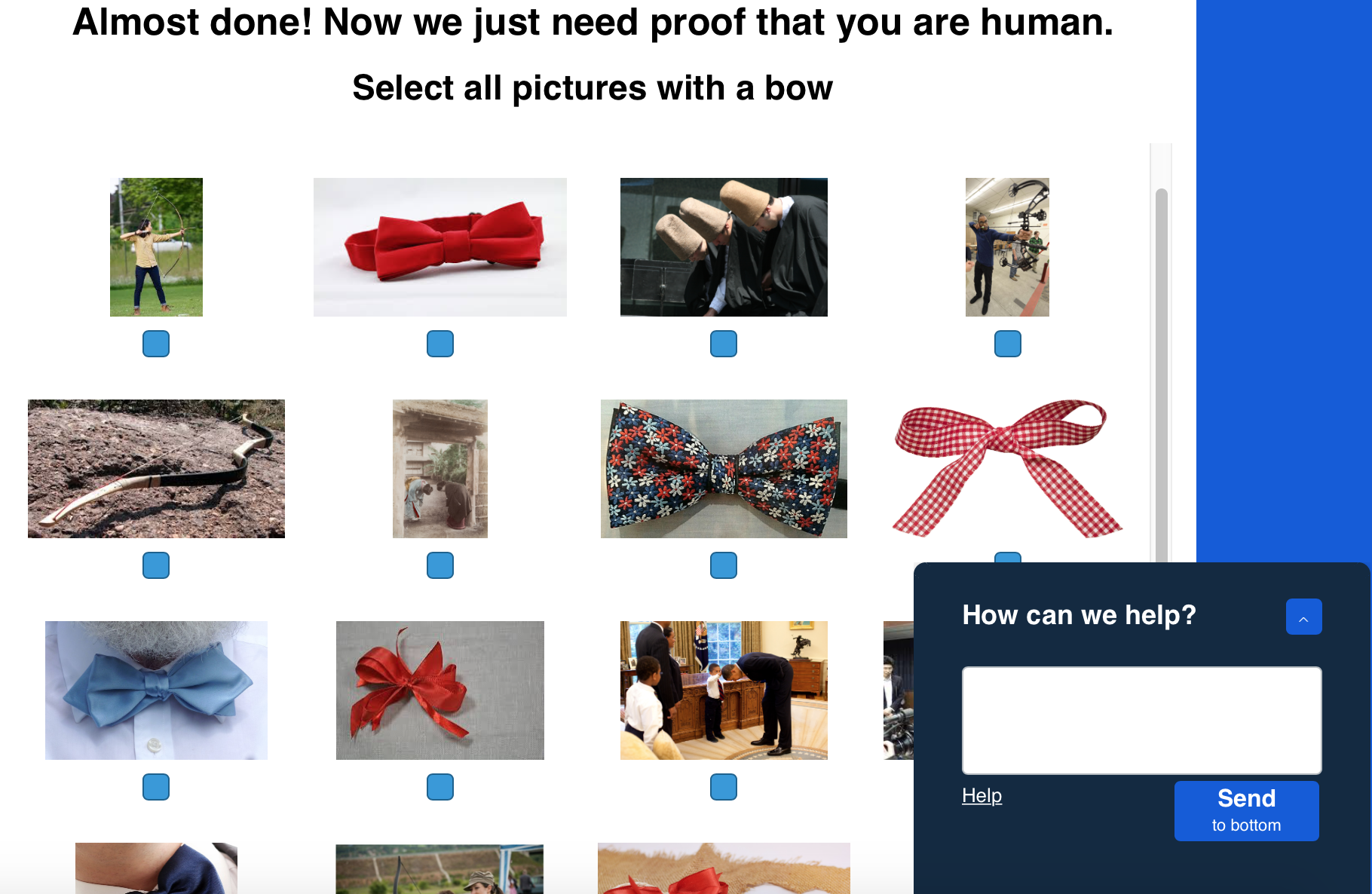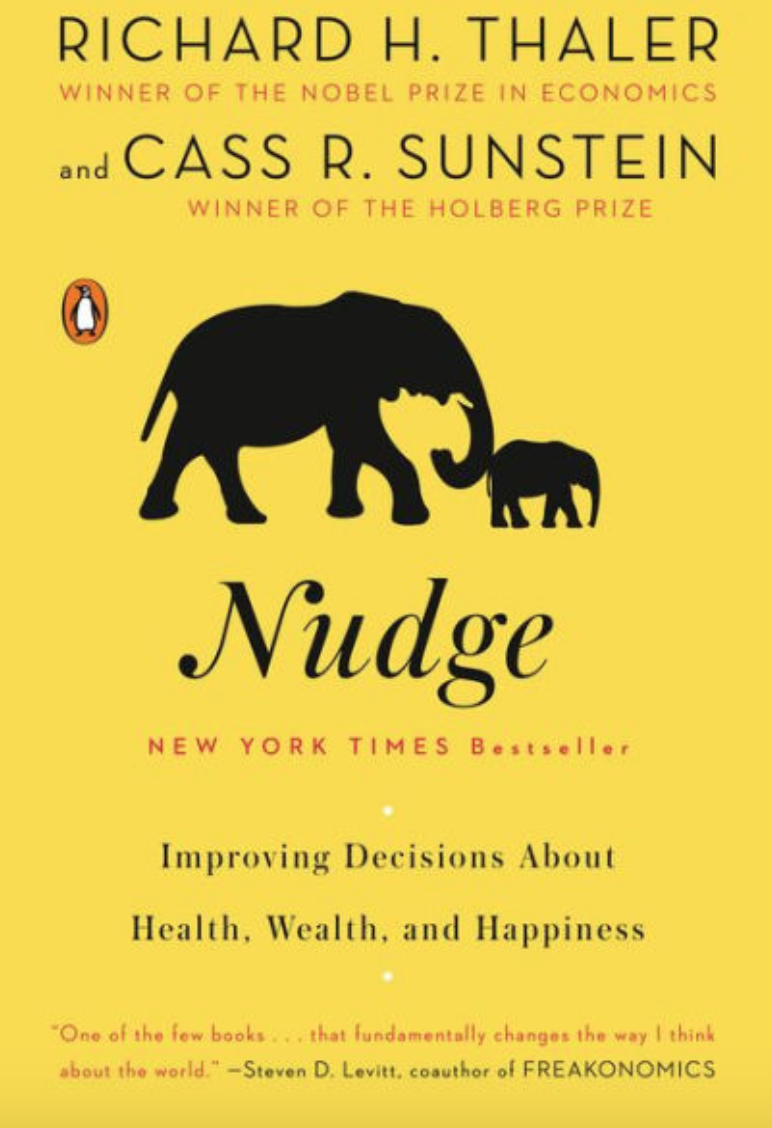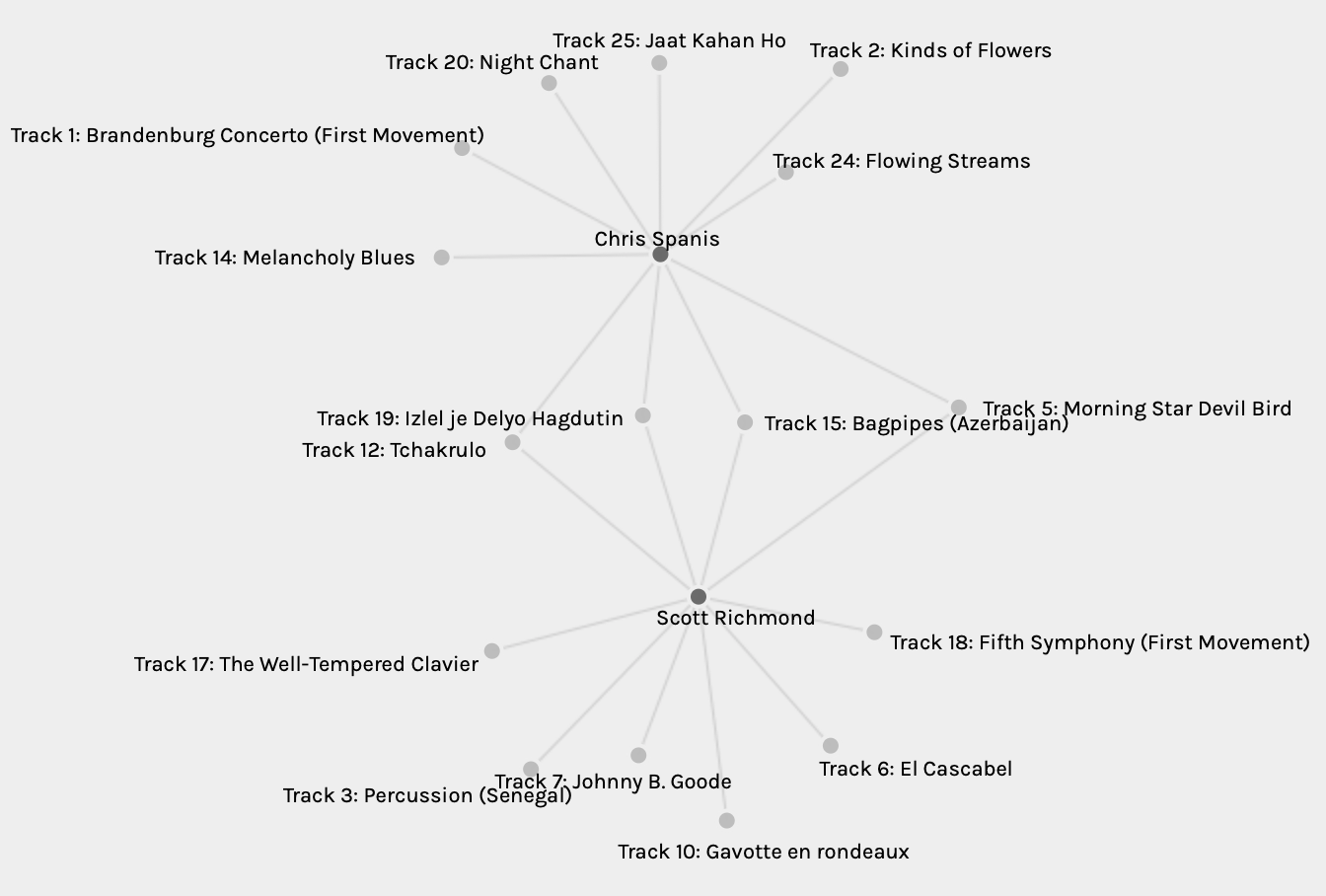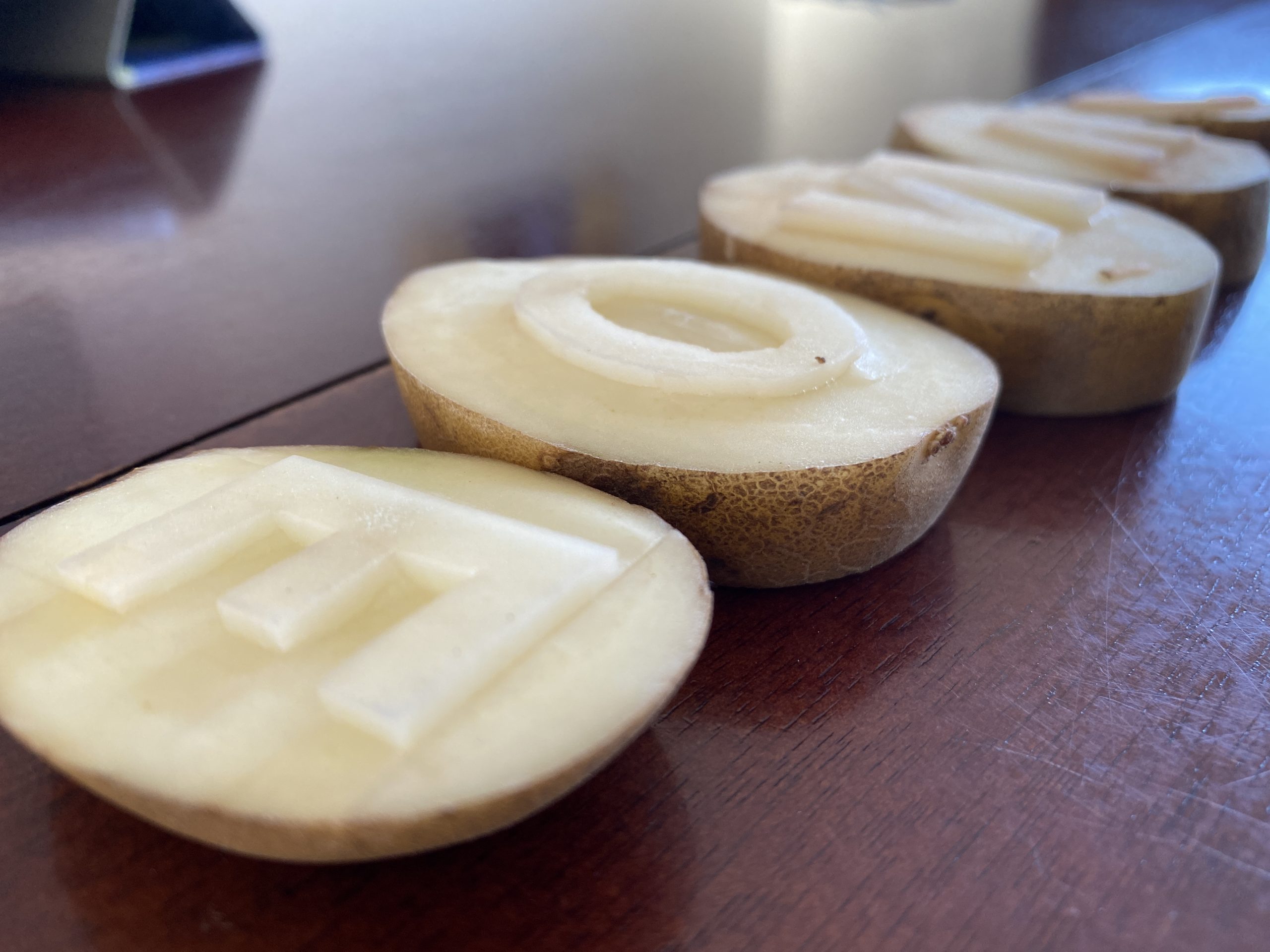Link 1 –
A reply to Ian’s post on speech-to-text…
Ian,
Great post here. I appreciate your mention of how oral language differs from written via tempo/rhythm, silence, and filler words. I think of a verbal conversation like a tennis match where two or more people are hitting a ball back and forth. If one person hits the ball “hard” or “with force”, the other player can do the same or lob it back, metaphorically. There seem to be so many more ways to do this with oral speech as opposed to the written word.
When I read about your elementary report card, this reminded me of trying to teach students to write with voice, something that is much easier to do verbally. Oftentimes students don’t even have to try to speak with voice – it just happens. Sounds like your teacher was actively discouraging you from developing this!!
Silence is something I didn’t consider but really should have. When I read to my students, I will often pause to build tension or ensure they are cognitively prepared for the next passage. During the voice-to-text task, I felt as though I needed to continually churn out something regardless of value, which obviously changes the output.
Your task forced me to think about oral/written work through a lens of control; the means by which the idea is presented changes who holds the agency in terms of reception.
Link 2
Reflection on Greg Patton’s task 4 post:
Greg talks about how the major difference between manual writing and typing is speed, and for that reason he prefers to write by hand. Inversely, speed is a major factor for me when it comes to comparing these two styles, except that I am a fairly quick typist. Because of this, I find that when I am writing my hand can’t keep up to what my brain is wanting it to do, and this is a big reason why I miss letters and frequently misspell words; The brain is four or five words ahead and my hand is constantly having to play catchup. In his third chapter, Jay David Bolton points out that word processors can revise much easier than the typewriter could. Furthermore, and I think this relates to my intuition around efficiency with digital production, he elaborates on the idea of writers being able to think globally about their texts, especially with the help of an outline processor. From my context, the speed and organizational capacity of these tools is irreplaceable.
Additionally, the muscle memory I have with a keyboard affords me to be able to keep up and ride almost parallel with my thoughts, resulting in less errors and more production. My brain works in a very peculiar way, as far as I can tell. Let’s just say that I get distracted very easily, can be impulsive, and require a fairly narrow set of conditions to be able to reliably produce academic work. Because of this, the keyboard can awaken a state of flow that is really helpful, but on the other hand the keyboard doesn’t exist in a vacuum and comes along with a massive host of other distractions (I’m looking at you Safari).
Link 3
Some thoughts on Anne’s post on Mode-bending
I thought it would be worthwhile to touch on how impressed I am with Anne’s post here. To be honest, as soon as I saw what she had composed I thought I should turn around, rubbish my own post, and start again. Not only did she do an incredible and thoughtful job on the work itself, but the way in which she has presented it is admirable. Let’s take her infographics mode: she has figured out a way to communicate SO MUCH with a simple graph. Additionally, her pre/post COVID graph was brilliant in communicating how her life (by virtue of her bag) changed in the course of the last year. I think what I’m ultimately impressed by, and ultimately envious of, is her use of aesthetics to make it all so easy to digest. Don’t get me wrong, the actual information is solid, but how she presents it on a page is so well done. I guess I shouldn’t be surprised to learn that she is literally a professional graphic designer.
And then there’s the music. Not only is the way she changes modes here very creative (and something I wouldn’t have thought of given infinite time), but it’s presented, again, in an aesthetically beautiful way. Her video playlist is an excellent example of the London Group’s “new language of work”. Her post is a level that I’ll strive to meet in the coming assignments…
Link 4
In the absence of any physical f2f interactions (collaborate ultra just doesn’t really cut it), I’ve chosen to engage with a quote from one of my peers. Lori Jones posted a fascinating task for week 10 about the attention economy. My response is attempting to mimic the interactivity I’m missing out on with in-person learning; the kind of collision and construction of ideas that happen when folks can literally sit around a table and pose questions and attempt to make meaning together. I miss those days.
“Technology has become more about convenience than innovation”. The distinction I would add to Lori’s comment here is that it very much depends on who we are talking about. To think of the variety of technologies we have right now is astounding; individual technologies compound to result in some amazing tools. But the target of so much technology is designed for ultimate consumer use where innovation is not really the point. When I look to the four rules of UI design (Adobe, 2019) three out of the four rules outline how tech usage must be comfortable and simple. This flies in the face of an innovative outlook. I see a divergent trend in technology writ large: those who make and design the tech are trailblazers, and those who consume are just that. Looking at UI design like that of the iPhone, it has largely remained simple, recognizable, and easy to use. The perfect recipe for consistent consumption.
Link 5
I really enjoyed reading Kristen McKinnon’s post on Speculative Futures. Her second narrative depicts a world where people are “matched” using a patented technology that eats data and spits out virtual reality dates. I was immediately reminded of Cambridge Analytica, the company that harvests massive amounts of data in order to categorize people into personality profiles, among other things, in order to reliably predict future behaviour, like purchasing or willingness to be persuaded to change your vote to another party. 2016 Election, anyone?
Ok, I digress…I’ll stay away from any Make Analysis Great Again (MAGA) references.
Back to Kirsten’s speculative future. The technology seeks to reflect not only who Zela is, but who she aspires to be. This echoes one of the frustrations and fundamental issues with digital representation: persona crafting. When participating in digital activity, there is ultimately some level of disconnect between who a person truly is and who they are purporting to be, whether it’s carefully shaped posts, avatars, or otherwise. I guess this is where the power of large data sets and advanced algorithms lay. They can crunch a huge number of data points that can effectively cut right through some of the misleading “stray” points. Even though there is so much power and potential, someone or at least some people have the power to turn the dials according to their own views of the world and ideals. Push this far enough and the ideology is inextricably linked.
The fact that Zela was able to “experience” so many dates virtually is evidence of the power of predictive behaviour models. If I ignore some of the major ethical issues with this kind of technology, we can talk about the business model of matching people. Ideally, a company like this would aim for customers, but it’s not particularly helpful to have single-instance customers. Repeat business is where the long-term profit margins are. As Kirsten says, “mating for life just isn’t good business”. You want to match people that are a good fit, but they can’t be too good of a fit. So what’s the ideal length of a relationship from a profit margin perspective? Maybe VRAI can be the Apple of matchmaking. Planned obsolescence makes the technological world go ‘round.
Link 6
For my last link, I thought it would be appropriate to tackle a topic that both looks forward and touches close to home. In her speculative futures task, Ravneet S (couldn’t find a last name) touches on a potential future where teachers are wholesale replaced with humanoid robots.
I love the idea of this. Not because it’s a future I want, nor a future that is likely anytime soon. Rather, it whets our ideological appetite for meaningful conversations about the role of education, teachers, pedagogy, and learning.
Most would react to such a future with expressions like “there is no way robots can replace teachers”, or “they just can’t connect to the variability of a real-life classroom”. Those reactions aren’t necessarily incorrect, at least for now. Without getting too determinist here, it would be fair to say that given the advances over the last several years in computing and algorithmic capacities, it’s not too difficult of a thought experiment to imagine a technological entity that is in fact capable of computing the complexities of teaching in real-time. It’s simply a matter of programming. Whether it’s a good idea or not is another matter.
Probabilistically speaking that kind of future is likely to have existed somewhere, at some point (in my humble, non-astronomer opinion) Tragically we’ll never know.
We can break down just what it is a teacher does to explore this further. Here are some tasks that come to mind:
- Deliver curriculum through lessons/units.
- Assess student work through formative and summative assessments.
- Build relationships and trust with students.
- Be pedagogically responsive to the needs of students (emotional, physical, cognitive, etc)
This list is obviously not exhaustive but is a typical overview of what teachers do. I truly don’t see anything on this list that automatically excludes artificial intelligence or machine learning. The first two items are well on their way to being automated. Not a finished product, but the development is happening and is improving all the time. The next two are much more difficult, these will be major barriers to incorporating automated teaching down the road. Once neural networks are viable, the “soft skills” of a teacher will be much less exclusive to humans.
There is a subtle tension I hold while writing this. This kind of future has obvious economic ramifications for myself. My partner and I are both full-time teachers, so naturally, I should be arguing against this kind of idea. The thing is, my personal situation shouldn’t have any bearing on what I believe might happen. The cognitive dissonance is rich, but I still believe this is not a future that is totally out of the question. I wonder what the world will do in those first years with so many teachers out of work. Just add them to the heap of those in Harari’s useless class, I guess.




 Richard Thaler, the author of the best-selling book
Richard Thaler, the author of the best-selling book 




